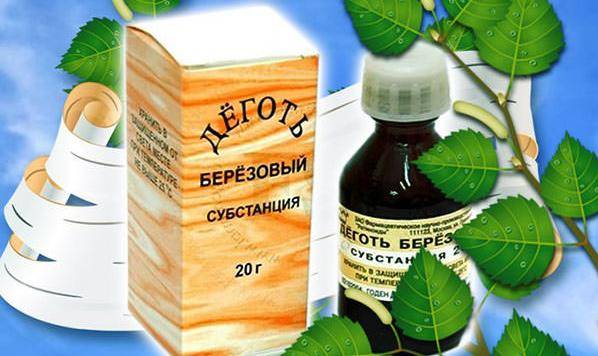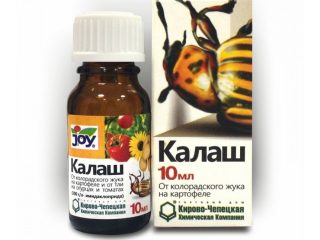Every summer resident tries to plant various crops in his garden, but no one can do without potatoes. To grow second bread, you will have to work hard: germinate the tubers, carefully cultivate the area, plant, weed, hill. And it’s very disappointing when all the efforts made are negated by the Colorado potato beetle. This voracious pest, in large numbers, is capable of destroying half the leaf mass of each bush in a day. Therefore, it is impossible to delay in the fight against this leaf-eating bandit.
Ways to combat the Colorado potato beetle
What tricks do gardeners resort to in order to cope with this leaf-eating pest? Of course, the simplest and at the same time the most effective is to treat the potatoes with a chemical. Today there are many insecticides in the arsenal of gardeners. But not everyone will decide to endanger their health and the health of their loved ones. The mere fact that you can even go out to the area after treatment only after a few days is alarming. And upon careful study of the instructions for the drugs, it becomes clear that it is better to first try to cope with Colorado with folk remedies.
Children are very sensitive to the effects of toxic substances contained in insecticides.
Folk remedies
Typically, gardeners use the following remedies against the Colorado potato beetle:
- plant plants with a strong and unpleasant odor for the beetle next to the potato bushes, for example, dill, calendula, beans;
- They treat the plantings with various substances that make the leaf mass of the potato inedible and even toxic to it.
Tar from the Colorado potato beetle
One of the means that drives away beetles with its smell is birch tar. Not so long ago, this product was quite widely used in medicine, and once upon a time not a single cart could do without tar - it was used to lubricate the wheel axles. But the time of carts is long gone. And in medicine, it was replaced by other drugs. But in the garden it came in handy and is widely used by summer residents.
In addition to the Colorado potato beetle, it helps in the fight against other pests:
- onion, carrot and cabbage fly;
- wireworm;
- cabbage butterfly;
- various pests of fruit trees.
What is this substance?
Composition of birch bark tar
This is a thick liquid, almost black with a greenish tint in the light, oily. Its smell is strong and peculiar, which rarely anyone likes. The composition of tar is quite complex, it includes almost 10,000 different chemicals, most of them are contained in minute quantities. Most of all in it:
- phenols;
- toluene;
- dioxybenzene;
- xylene;
- guaiacol;
- organic acids;
- resins;
- phytoncides.
How do you get tar?
It is extracted from birch bark, which is the top layer of birch bark. Tar of the highest quality can be made from birch bark, removed during sap flow, namely in the last ten days of June or early July, when it is well separated from the main layer of bark. To obtain it, they use the method of dry distillation, i.e. heating to a temperature of about 600 degrees without access to oxygen. In industry, special devices are used for this.
But it can also be obtained at home, although the process is slow and the yield of the product is small. You can only get tar outdoors. To do this, you will need to make a fire, prepare a metal container with holes for draining the finished product and a tray where it will drain.
Properties of birch bark tar and its effect on the Colorado potato beetle
Birch tar has long been used in folk medicine, but what is especially important for gardeners is that it also has insecticidal properties, and the Colorado potato beetle cannot tolerate its smell.
How to prepare the product
[get_colorado]
Since the specific gravity of tar is about 0.940 g/cm3. and it does not dissolve in water, it will not be possible to make a regular solution. In order for the product to work well, the tar in the water must be mixed very well and treated immediately, without waiting for it to separate. There is another way: first mix the tar with laundry soap, and then dissolve the mixture in water. The proportions of water and tar remain the same.
Carrying out processing
A regular sprayer will not be suitable for this treatment; the holes in the spray bottle will quickly become clogged. You will have to use the old antiquated method and spray the plantings with a broom, soaking it in the preparation. During processing, the resulting emulsion must be stirred frequently so that it does not separate. Tar from the Colorado potato beetle should be applied already at the seedling stage; treatments should be repeated every 3 days.
The use of tar from the Colorado potato beetle is completely safe for humans, animals and insects. This remedy drives the beetle out of the potato plantation and prevents new individuals from settling on it.
How to apply tar from the Colorado potato beetle is shown in the video:













